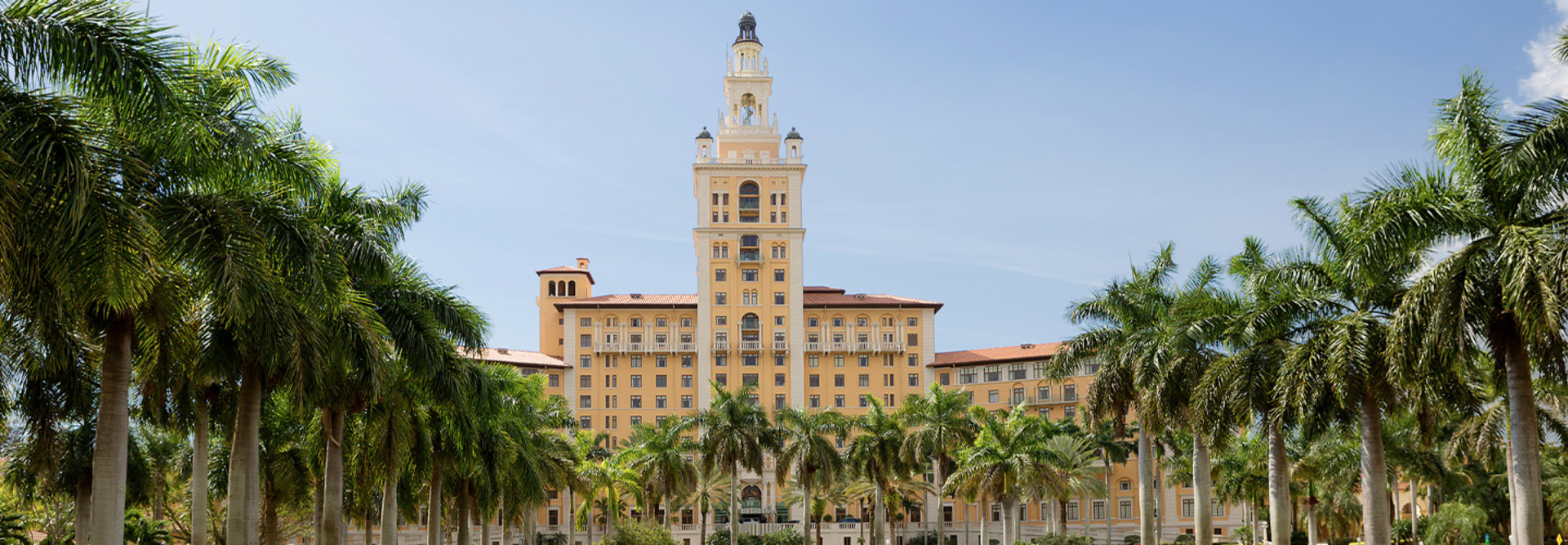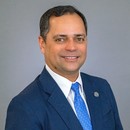STATETECH: How has Coral Gables’ five-year smart city plan evolved?
RODULFO: There have been many initiatives like our public safety headquarters building, smart parking garages and smart building renovations. We piloted a first-of-its-kind integrated, modular artificial intelligence-powered smart city pole, which uses edge analytics and aerospace engineering modular technology, in downtown Coral Gables. Now we are adding 10 more smart city poles. That, to me, is the next evolution of the Internet of Things infrastructure or cyber-physical technology for smart cities because it lowers the footprint and consolidates all the technology in one place. It's like plug-and-play; it's more cost-effective because now you only do construction once.
We’ve also been doing research with universities. A research project funded by the Advanced Research Projects Agency of the Department of Energy will investigate intelligent signals that connect to smart vehicles in real time to optimize traffic. So that's something that we started in the previous two years.
STATETECH: What projects are you most excited about right now in your role as director of innovation and technology in Coral Gables?
RODULFO: There's the Smart City Hub, which is frequently used by businesses to get data when they want to see traffic downtown. If you are a retail business or a restaurant downtown, you care about this kind of data because it helps you to improve your sales. It's also used by urban planners and universities, and even by middle school students who use the platform sometimes for their homework. For example, students were doing research on nature and conservation, and they reached out to us to see if we have data to share. First responders and city officials use it, and residents who want to see data about water canal sensors. We are trying to get more people to use it. The most popular feature is the mobile app to pay for city services, such as parking, online.
RELATED: How the city of Coral Gables is spurring smart city growth with a digital twin.
STATETECH: Tell me about Coral Gables’ work with digital twins.
RODULFO: We have a lot of geospatial analytics applications in our digital twin platform where we connect data from assets like smart lights. We leverage a lot of the tools, intelligence and cloud capabilities we have from Amazon Web Services to interpret our urban analytics. Now we are experimenting with Web3 immersive devices such as virtual reality headsets, including Oculus, Microsoft HoloLens and Magic Leap. In our lab, we test applications that allow us to use those VR headsets to conduct visual inspections. That also includes a little bit of augmented reality, because that gives you the metadata related to the object you're watching. We also work together with the University of Miami’s business technology researchers who are testing an assisted reality device that looks a little bit like Google Glass.












